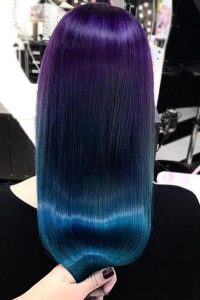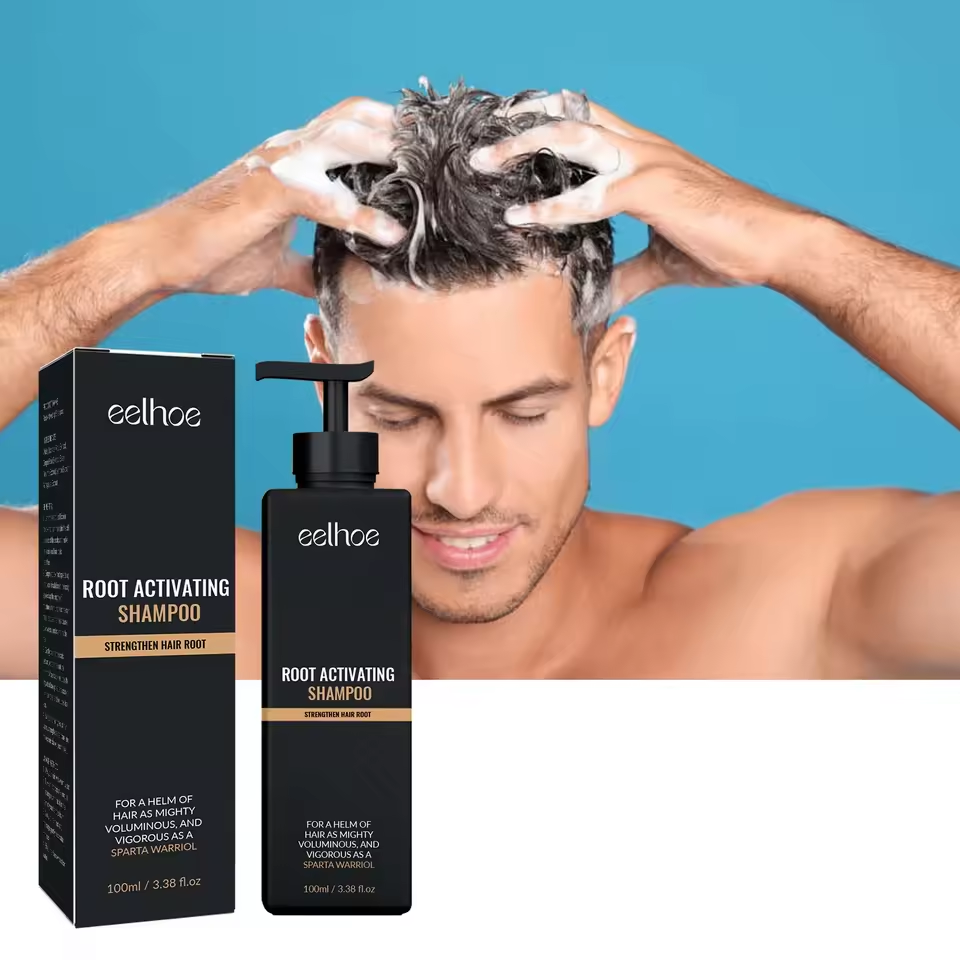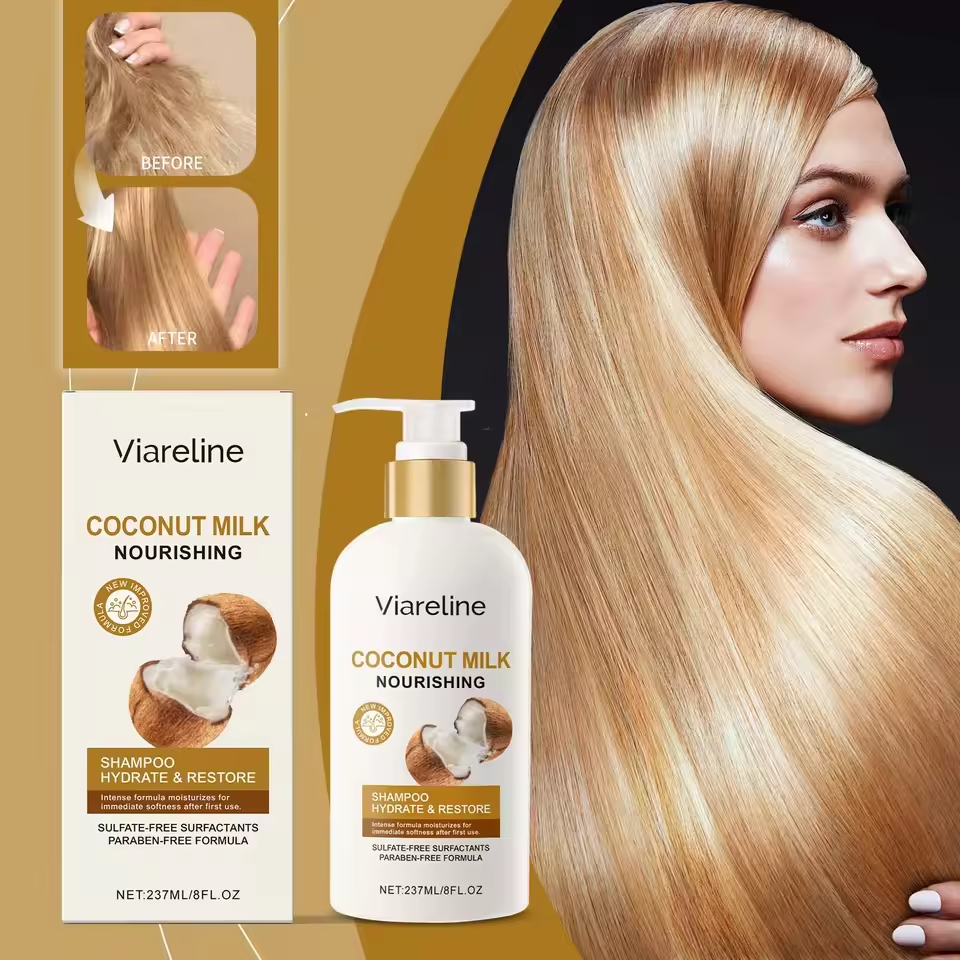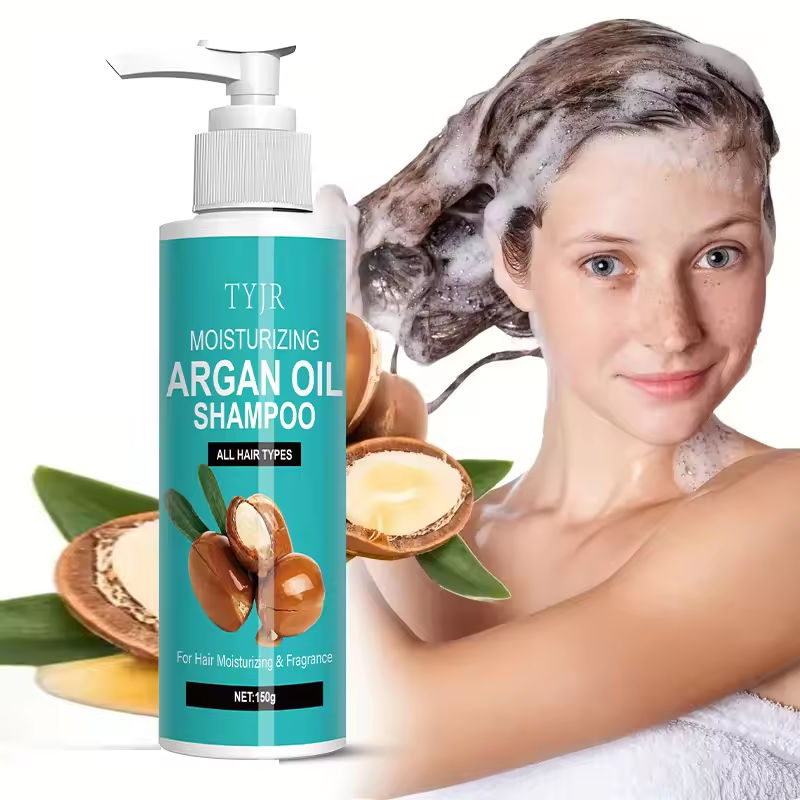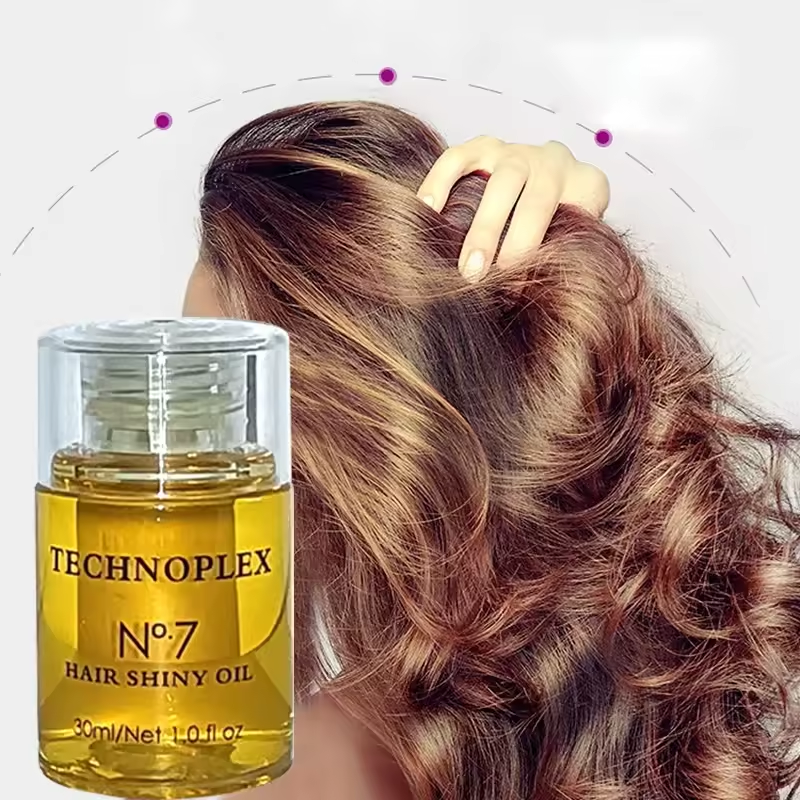How often dye hair? Having vibrant, colorful hair is a great way to express yourself. But with all the fun comes a question: how often can you dye your hair without damaging it? This article will explore the factors that influence how often you should dye your hair, along with tips for keeping your hair healthy between coloring sessions.
Understanding Hair Dye
There are two main types of hair dye: permanent and temporary. Permanent dyes contain chemicals that penetrate the hair shaft and alter its natural color. Temporary dyes, on the other hand, coat the hair strand and wash out after a few shampoos.
How Dye Affects Your Hair
Chemical Processing:
Permanent dyes can be harsh on hair, especially if used frequently. The chemicals can break down the hair’s protein structure, leading to dryness, brittleness, and breakage.
Color Fade:
Over time, all hair dye fades. Sun exposure, washing, and heat styling can accelerate this process.
Root Growth:
As your hair grows, your natural hair color will appear at the roots. This is especially noticeable with bold or contrasting colors.
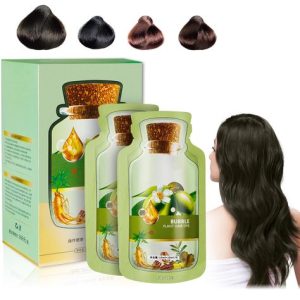
Factors to Consider When Scheduling Dye Sessions
Several factors influence how often you should dye your hair. Here are some key considerations:
-
Type of Dye: Temporary dyes are gentler and can be used more often than permanent dyes.
-
Desired Color Change: A drastic color change, especially going lighter, will require more frequent touch-ups than maintaining highlights or a similar shade.
-
Hair Health: Damaged hair is more susceptible to further damage from dye. If your hair is already dry or brittle, it’s best to wait until it’s in better condition before coloring it again.
-
Hair Growth Rate: Hair typically grows about half an inch per month. Faster-growing hair will require more frequent root touch-ups to maintain a consistent color.
Additional Considerations: Budget, lifestyle habits (washing frequency, heat styling), and personal preference also play a role.
Tips for Healthy Hair Coloring
-
Consult a professional: A hairstylist can assess your hair health and recommend the best type of dye and coloring schedule for your desired look.
-
Space out coloring sessions: Aim for 4-8 weeks between permanent dye sessions to allow your hair time to recover.
-
Deep condition regularly: Deep conditioning treatments help replenish moisture and strengthen hair.
-
Use color-safe products: Shampoos and conditioners formulated for colored hair help protect color vibrancy and prevent fading.
-
Minimize heat styling: Heat can damage hair, so try to limit your use of hot tools like blow dryers and straighteners.
-
Embrace the natural look: Let your natural hair color grow out in between dye sessions. This can help minimize damage and give your hair a break from chemicals.
By following these tips, you can keep your hair healthy and colorful while minimizing the risk of damage. Remember, healthy hair is happy hair!
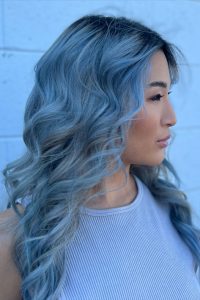
Coloring Techniques and Frequency
There are various hair coloring techniques, each with its own impact on how often you might need to refresh your look. Here’s a breakdown of some popular methods:
-
Root Touch-Ups: As mentioned earlier, roots are where your natural hair color shows through new growth. Touch-ups focus on just the roots, typically every 4-8 weeks for permanent dyes, to maintain a consistent color.
-
Highlights and Lowlights: These techniques add dimension and contrast to your hair. Highlights lighten specific sections, while lowlights darken them. Touch-up frequency depends on the amount of contrast and how noticeable you want the grow-out to be. Subtle highlights might last 8-12 weeks, while bold highlights may need refresh every 6-8 weeks.
-
Balayage and Ombré: These trendy coloring methods create a gradual lightening effect towards the ends of the hair. They often require less frequent touch-ups compared to highlights, potentially lasting up to 12-16 weeks. This is because the color transition is softer and the grow-out appears more intentional.
Temporary and Semi-Permanent Dyes
If you’re looking for a way to change your hair color more frequently, temporary and semi-permanent dyes offer interesting options.
-
Temporary Dyes: These washes or sprays add a hint of color that lasts for a day or two, perfect for a quick and non-committal change. They are very gentle and can be used as often as you like.
-
Semi-Permanent Dyes: These dyes deposit color on the hair shaft and typically last 4-6 weeks. They don’t contain the harsh chemicals found in permanent dyes and can be a good option for refreshing your color between permanent dye sessions or for experimenting with different shades.
Remember, even though temporary and semi-permanent dyes are gentler, it’s still a good idea to give your hair a break in between coloring sessions. Deep conditioning treatments and color-safe products will help keep your hair healthy and vibrant.
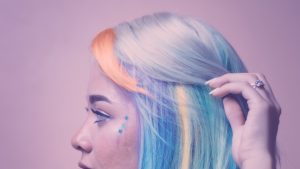
Planning Your Hair Coloring Journey
Ultimately, the best way to determine how often to dye your hair is to create a personalized plan. Consider these factors:
-
Desired Hair Color: Do you dream of vibrant jewel tones or prefer a more subtle change? Dramatic color shifts often require more frequent touch-ups to maintain vibrancy.
-
Hair Growth Rate: Hair typically grows half an inch per month. Faster-growing hair will expose new roots sooner, necessitating more frequent touch-ups for a consistent look.
-
Budget: Hair coloring, especially at a salon, can be an investment. Factor in the cost of dye, stylist fees, and color-safe hair products when creating your coloring schedule.
-
Lifestyle Habits: Frequent washing with hot water can strip hair color faster. Heat styling with blow dryers and straighteners can also contribute to color fade. Consider your hair care routine when planning your coloring sessions.
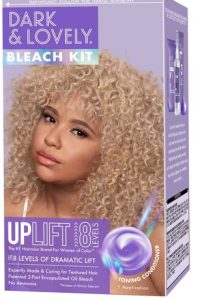
Finding a Balance: The key is to find a balance between achieving your desired look and maintaining healthy hair. Listen to your hair and be flexible with your schedule. If your hair feels dry or brittle, postpone your next coloring session and focus on deep conditioning treatments.
Alternatives to Frequent Dyeing
If you love to switch up your hair color but worry about damage from frequent dyeing, here are some alternatives to consider:
-
Hair Clip-Ins: Clip-in extensions come in various colors and lengths, allowing you to add temporary highlights or change your entire hair color without commitment.
-
Colored Hair Masques: Deep conditioning treatments with temporary color pigments can add a subtle color shift or refresh your existing color between dye sessions.


